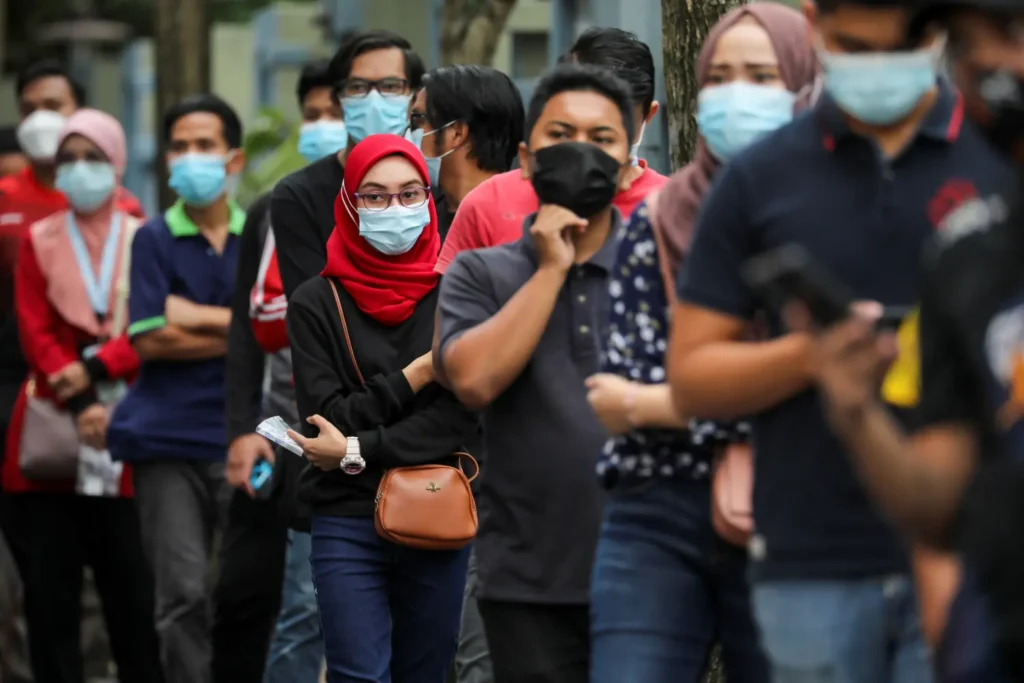Various nations across Southeast and East Asia, such as Hong Kong, Singapore, Thailand, and China, are seeing another significant spike in COVID-19 cases. The current wave, fueled mostly by emerging new Omicron subvariants such as JN.1, has rekindled fear among public health officials and people alike.
What’s Behind the Surge?
The latest wave is reportedly being caused mainly due to the spread of newer subvariants of Omicron, especially JN.1, with declining immunity from previous shots and infections. The authorities have noticed that the new variants are more infectious but tend to cause mild to moderate illness for the most part.
In Singapore, the Ministry of Health stated that there was a significant rise in weekly cases of COVID-19 infection, from 11,100 to 14,200 in just one week during early May. Luckily, ICU admissions are still low and decreasing from three to two a day, meaning that infections are increasing but case severity is still under control.
In Hong Kong, health authorities shared the same results, citing viral detection in sewage samples and rising hospitalizations for respiratory illness. Thailand and China have likewise reported higher case numbers, leading to renewed public health notices.
Common Symptoms of the New Variant
Physicians have pointed out some of the most frequent symptoms to come with the new JN.1 variant:
Sore throat and cough
Nausea and vomiting
Conjunctivitis (pink eye)
Brain fog and fatigue
These symptoms can differ from person to person, but most reportedly are not severe in vaccinated people.
Should You Be Concerned?
Public health specialists recommend that although this increase in cases is not something to panic about, it does call for prudence. COVID-19 has become endemic in most places, so waves of cases from time to time are the norm.
Healthcare services in all the heavily impacted nations are not yet in overload, and protection offered by vaccines against severe illness is still valid. Vigilance on the need for vaccination, including booster shots, particularly among the elderly and immunocompromised, is still being stressed by the authorities.
Precautionary Measures to Adopt
To remain safe in this wave, health authorities advise:
Wearing a mask in crowded indoor areas
Maintaining regular hand hygiene
Vaccination or boosting, if due
Symptom monitoring and avoiding exposure to vulnerable populations if one is ill
Conclusion
Though the world has progressed beyond the emergency stage of the pandemic, COVID-19 remains a moving target. With caution and knowledge, the present wave can be negotiated to zero disruption without causing widespread chaos.

More Stories
India Stops Indus Waters Treaty: What Pakistan Can Expect?
Pope Francis Passes Away on Easter Monday at Age 88
Tesla hit with huge blow as Trump’s 25% Auto Tariffs come into force